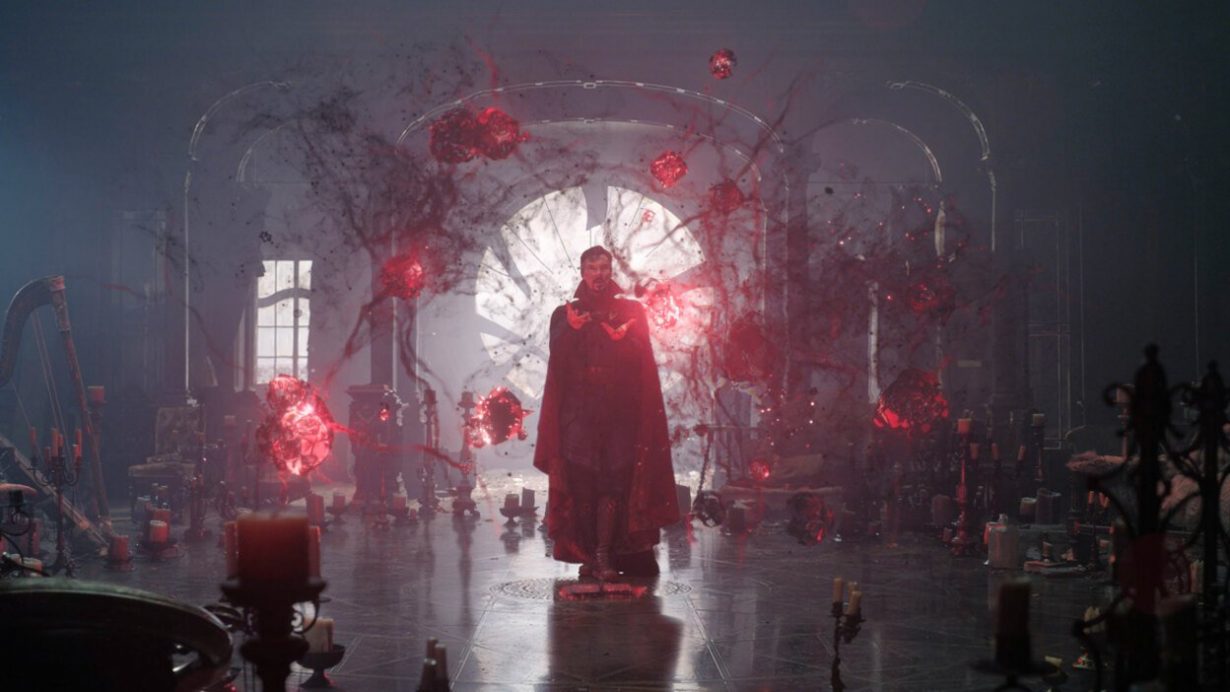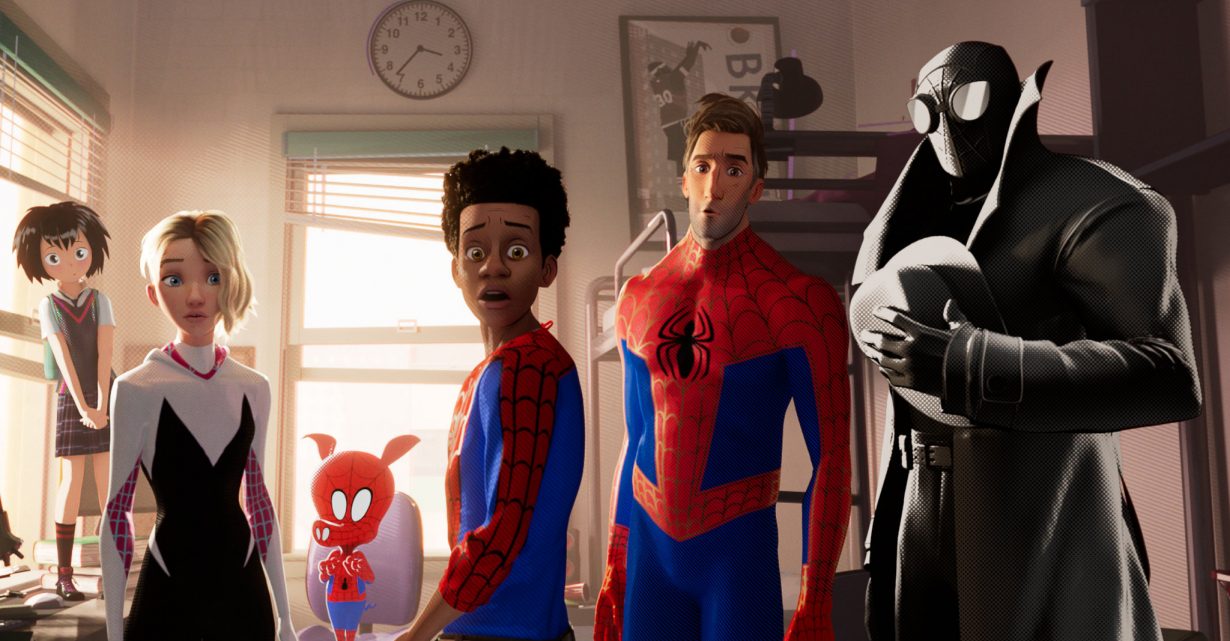From the Marvel franchise to Everything Everywhere All at Once, filmmakers of the early 2020s love a story that contains all possible stories
Multiverses are all the rage right now. From blockbuster films like Doctor Strange in the Multiverse of Madness (2022) to indie hits like Everything Everywhere All at Once (2022), the cinematic trend of the early 2020s is a story that contains all possible stories. The Marvel franchise, in fact, appears to be building its latest phase of films and TV shows on the concept. Before Strange, there was Spider-Man: No Way Home (2021), in which Peter Parker merged his world with the worlds of the two previous Spider-Man film series. That film was itself a riff on the animated feature Spider-Man: Into the Spider-Verse (2018), in which another Spider-Man, Miles Morales, meets Spider-Beings of all possible shapes and sizes. On TV, Disney+’s Loki (2021) gives its title character a similar experience, along the way breaking the iron grip of a single, predetermined timeline and creating the multiverse that Peter Parker and Doctor Strange later find themselves caught up in.
At first glance, the multiverse is a playground of infinite possibility. The follow-up series to Loki was What If…? (2021), which imagined variations on the established Marvel Cinematic Universe timeline, from inconvenient character deaths to zombie attacks. And yet the more one sees of these movies, the more it feels as if, even as they tout their freedom to tell even the wildest, most implausible stories, their real appeal is familiarity.

No Way Home lured audiences back to theatres with the promise of seeing Tobey Maguire and Andrew Garfield back in their Spider-suits (while giving Garfield, whose lacklustre trilogy was truncated in order to make way for Tom Holland, the redemption his character and performance deserved). The most exciting moment in the Multiverse of Madness trailer was a half-sentence uttered by an unseen Patrick Stewart, giving rise to speculation – which was ultimately borne out – that he was returning to play the X-Men’s Charles Xavier (a role that has already been played by two other actors in the interim).
This kind of appeal to recognition can serve as a pleasant garnish. One of the earliest on-screen multiverse stories, the Crisis on Infinite Earths (2019-2020), took a great deal of pleasure in bringing together previous inhabitants of DC characters from projects old (Burt Ward from the original Batman TV series, 1966-1968), failed (Ashley Scott from the short-lived Birds of Prey, 2002-2003) and wildly successful (Kevin Conroy, the voice of Batman from the beloved animated series, 1992-1995).
At its worst, however, it feels like a kind of anti-story. As Tony Soprano once put it, “remember when” is the lowest form of conversation. When John Krasinski appears in the latest Doctor Strange and is introduced as the scientist Reed Richards (aka the superhero ‘Mr Fantastic’), the audience’s mind isn’t meant to be on the story. It’s meant to be wondering: does this mean Krasinski is the official casting for Reed? Does it mean there’s going to be a Fantastic Four movie? The Marvel Cinematic Universe often feels like a perpetual motion machine, in which every story is important less for itself than for what it promises for the next story. The multiverse might just be a more efficient way of achieving that motion.

Still, some movies find ways to tie the multiverse deeply to the heart of their story. Into the Spider-Verse functions as a meta-commentary on all the different forms Spider-Man has taken in his comics appearance. This in turn serves to ease audiences, so accustomed to Peter Parker as the one and only Spider-Man, into the notion of a new, Afro-Latino Spider-Man, who ultimately concludes that “anyone can wear the mask”.
It’s not only superhero stories that feel the appeal of recognition. In Everything Everywhere All at Once, harried middle-aged laundromat owner Evelyn Quan Wang discovers that in another universe she has the life of… her portrayer, Michelle Yeoh. Various alternate universes in that film are designed as clear homages to other movies, from The Matrix (1999) to Ratatouille (2007) to In the Mood for Love (2000). But in a film that is all about coming to terms with middle aged disappointment, these references are a clear metaphor for Walter Mitty-ish daydreams – and speak to the way that we use pop culture as a metaphor for the life we dream of having. Evelyn wins out not by sinking into those fantasies, but by giving them equal importance with her mundane reality. The multiverse as a trope will probably only get hotter, but it’s worth remembering that there are stories out there that know how to use it as more than just a commercial tool.
